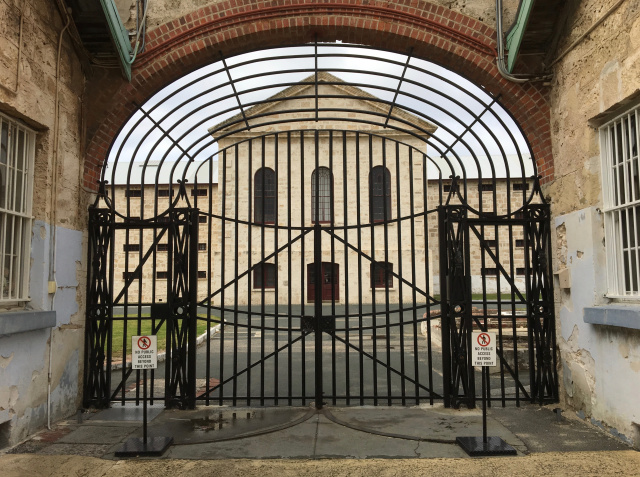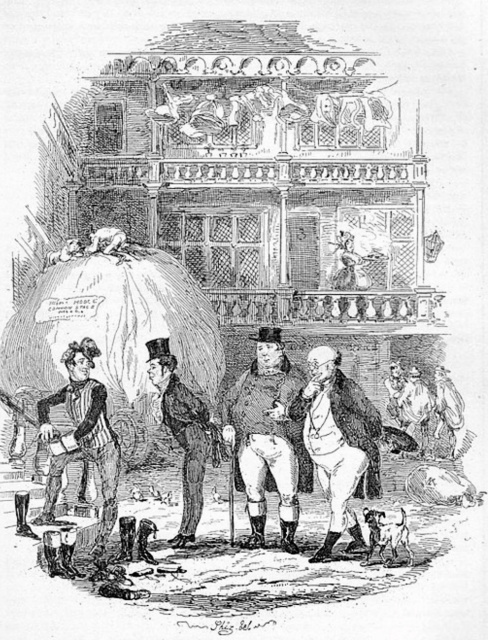The Last Convict home page
Scenes from London prisons, 1862
Writing Samuel Speed, The Last Convict
17 years hard labour
(Originally written in 2021 for Start at 60)
The older I get the more respect I have for the notion that most of the important things in life Start at 60 – and nowhere more so than when it came to my new historical novel about Samuel Speed, who believed himself to be, and is widely accepted as the last transported convict to survive in Australia.
 It was certainly important for Sam. Born in the 1840s and transported to Western Australia in 1866 for firing a barley stack because he was starving and wanted something to eat in prison, he lived until November 1938: the eve of the Second World War and within the memory of many people still living today. He was about 93-years-old when he died, although some put it as high as 98.
It was certainly important for Sam. Born in the 1840s and transported to Western Australia in 1866 for firing a barley stack because he was starving and wanted something to eat in prison, he lived until November 1938: the eve of the Second World War and within the memory of many people still living today. He was about 93-years-old when he died, although some put it as high as 98.
And Start at 60 was no less significant for me as his author. I was 62 when I began to research his story at the National Library of Australia in Canberra in 2004. Only now – 17 years later with the ‘three score and ten’ well behind me – have I the joy of seeing the fruits of these hard labours at last in print with the finished book.
The main reason for the delay was the fact that we could find very little material for the novelist about the man himself.
I’d first come across mention of Sam Speed in a magazine article, and immediately realised There’s a book in you! And it was easy enough from the reference books at the NLA to unearth the basic details of his conviction for arson at Oxford in 1863 with a companion Thomas Jones. I even found a full newspaper report of the trial.
At that time any sentence of seven years or more automatically meant transportation, although the first two years were served in England. In Sam’s case, he was imprisoned at Oxford Castle, Aylesbury and Chatham, suffering all the torments of the 19th century English penal system, before being transported to Fremantle on the convict ship Belgravia.
From the surviving Western Australian convict indents, we learn that Speed, number 8996, was at Fremantle prison from July 1866 until October 1867, when he was given his ticket-of-leave and sent to the district around Busselton south of Perth. Sam worked for several local farmers and a timber mill, before he was given his Freedom in 1871, with a clean record so far as any further offences are concerned.

Courtyard gate Fremantle Prison (made of iron bars from the convict ships)
From then on, however, the official documents are pretty silent about Speed’s life. He gave some money to a flood appeal in 1887 through a church Sunday School; two years later he entered the Invalid Depot, destitute after injuring his knee and unable to work. Thereafter he seems to have remained in institutions of one kind or another for the rest of his life: the Old Men’s Home when it opened in 1906, the Braille Society Rest Home, and occasional spells at Perth Hospital.
This was the skeleton of the story, but I had trouble getting close to the man himself. I kept putting the project aside for another book, coming back to it, and leaving it when the research bogged down once more.
It wasn’t until January 2018 – 14 years after I’d started and determined this time to write Speed’s story – that we found on the ABC website reference to an interview he’d given to the Perth Mirror newspaper only a few months before he died. At last, here was some flesh with which to cover the bare bones we’d unearthed so far. He even named some of the prominent families in Perth and Fremantle he'd worked for as a gardener.
From the newspaper report and Sam’s photo online at the National Library, I was able to build a picture in my mind of what the man himself was like; and from what he said – and importantly didn’t say – his character began to form itself in my imagination and develop as the words appeared on the electronic page.
He was certainly something of a fantasist, as we all are. Asked if he’d ever married, he replied: ‘Not on your life, not with all the girls chasing me like they used to.’ No they weren’t. Not in Perth in the 1870s and 80s, when there were four times more men than women. Any available girls wouldn’t be chasing a poor, vision-impaired, ex-convict, jobbing gardener.
But then Sam added: ‘I was a regul ar Nineteener.’ What does that expression mean? I looked it up and it comes from a short story by Mark Twain, The Man That Corrupted Hadleyburg. The 19 most upright, virtuous families of that town were called ‘The Nineteeners’, until a prankster comes along and exposes them as hypocrites and frauds.
ar Nineteener.’ What does that expression mean? I looked it up and it comes from a short story by Mark Twain, The Man That Corrupted Hadleyburg. The 19 most upright, virtuous families of that town were called ‘The Nineteeners’, until a prankster comes along and exposes them as hypocrites and frauds.
It occurred to me then that, if Speed had read Mark Twain, he’d likely also have read Charles Dickens, the Brontes, George Eliot and other novelists of the period. The long association of Sam with the Braille Society – who actually arranged his funeral – supported this view.
From this arose the idea that if Sam became a reader, it was the characters and their stories in the books that helped sustain him in prison and who became his closest friends during the long, lonely years of poverty and institutional life that followed into old age.
Mr Pickwick meets Sam Weller, by Phiz
Most former convicts managed to better themselves in Australia. Sam Speed was not one of them: but in my interpretation of his resilience, humour, essential decency and self-improvement through books, he added his pennyworth to the many influences the period of convictism 1788-1868 had on the national character...
A sense of mateship, born of adversity. A more egalitarian social outlook, arising I think from the shared horrors of the penal system. Grim laughter and a toughness that helped them survive it. A common suspicion of authority. And most likely, in the crucible of so many different working class accents mixed together, a vital contribution to the flattened Australian accent and original prison-based slang.
Start at 60? More than two centuries on, these traits are still with us.
(Pictures courtesy Penguin Random House, Anthony Hill, Wikimedia Commons)